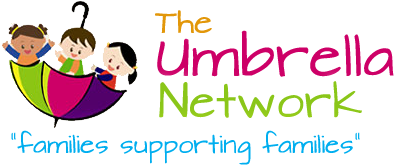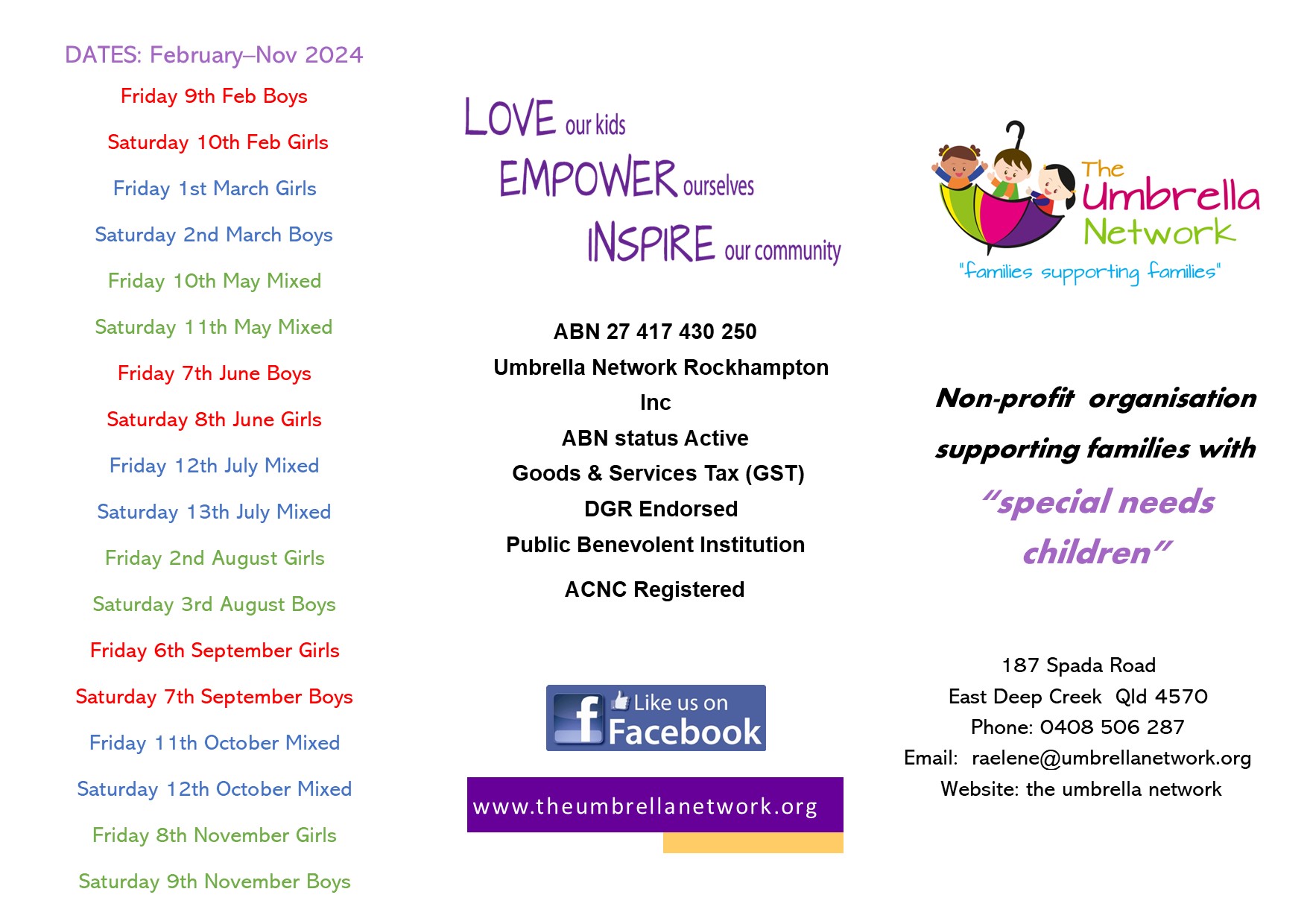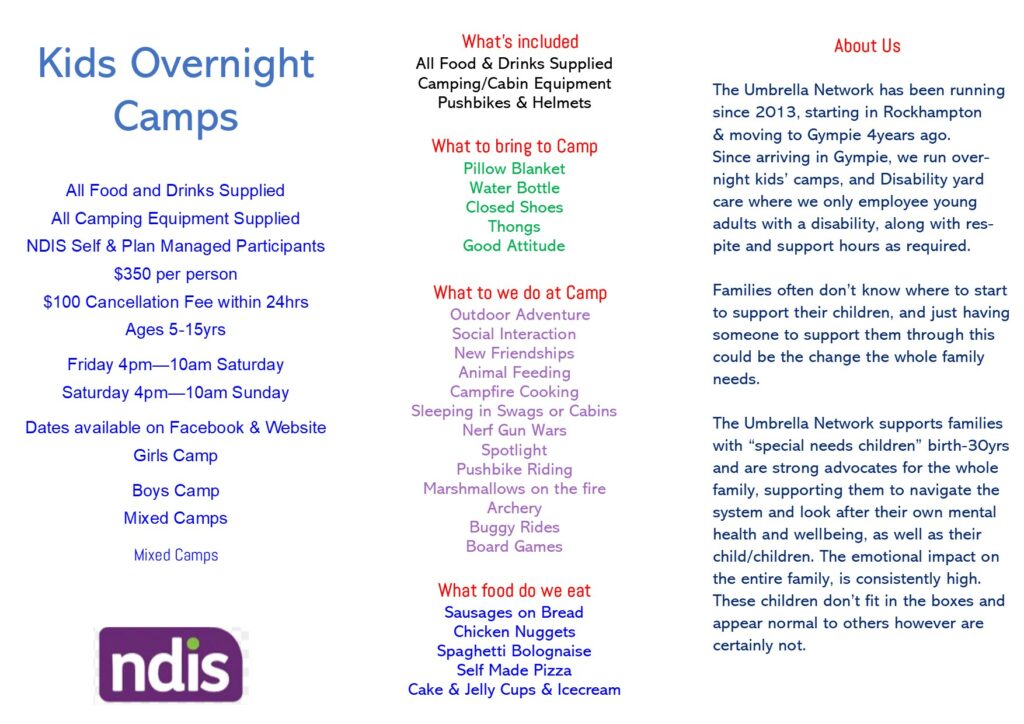NDIS Framework Explained
Support Purpose, Categories and Line Items
Support Purpose Types
NDIS participant budgets can be allocated to three separate types of support purpose:
Description:
Supports that enable participants to complete activities of daily living. Participant budgets often have a lot of flexibility to choose specific supports with their core support budgets, but cannot reallocate this funding for other support purposes (i.e. capital or capacity building supports).
Subcategories –
1. Assistance with daily living
2. Transport
3. Consumables
4. Assistance with Social and Community Participation.
Description:
Investments, such as assistive technologies – equipment, home or vehicle modifications, or for Specialist Disability Accommodation (SDA). Participant budgets for this support purpose are restricted to specific items identified in the participant’s plan.
Subcategories –
5. Assistive technologies or equipment
6. Home or vehicle modifications
Description:
Supports that enable a participant to build their independence and skills. Participant budgets are allocated at a support category level, and must be used to achieve goals in the participant’s plan.
Subcategories –
7. Coordination of Supports
8. Improved Living Arrangements
9. Increased Social & Community Participation
10. Finding & Keeping a Job
11. Improved Relationships
12. Improved Health & Wellbeing
13. Improved Learning
14. Improved Life Choices
15. Improved Daily Living Skills.
Support Categories
Support categories are aligned with the NDIS Outcomes Framework, which has been developed to measure goal attainment for individual participants and overall performance of the Scheme. There are eight outcome domains in the Framework, which help participants think about goals in different areas of their life and assist planners to explore where supports in these areas already exist and where further supports are required.
These domains are:
1. Daily Living
2. Home
3. Health and Wellbeing
4. Lifelong Learning
5. Work
6. Social & Community Participation
7. Relationships
8. Choice and Control
The following table shows the links between support purpose types, domains in the Outcomes Framework and support categories.

Support Items
Each support category has many specific supports and services that are recognised in the NDIS payment system. These are referred to as ‘support items’ and are, in most cases, not prescribed in participant plans.
Providers should claim payments against a support item that most closely aligns to the service they have delivered.
Each support item has a unique reference number, according to the following structure:

For example:
01_013_0107_1_1 – Assistance with Self-Care Activities – Standard – Saturday
Support Category (01) _ Sequence Number (013) _ Registration Number (0107) _ Outcome Domain (1) _ Support Purpose (1)
Another example:
04_170_0136_6_1 Group Activities in a Centre 1:3 Standard – Weekday Daytime
Support Category (04) _ Sequence Number (170) _ Registration Number (0136) _ Outcome Domain (6) _ Support Purpose (1)
There are as many support line item reference numbers as there are different types of support and it is expected that they will increase in quantity as the NDIS continues to expand. A comprehensive listing of support categories and support line item reference numbers is available from the NDIS Price Guide.


